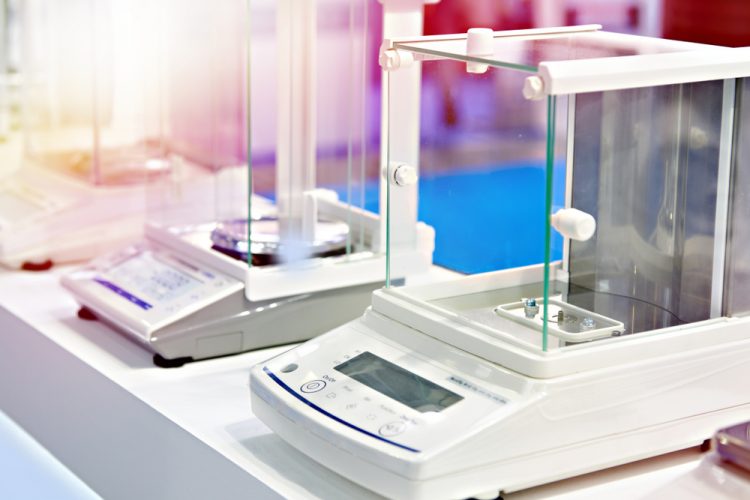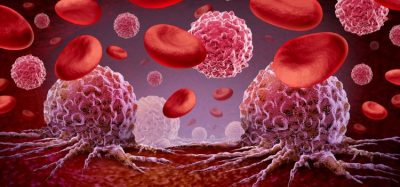European Pharmacopoeia publishes new chapter on balances
Posted: 7 September 2021 | Hannah Balfour (European Pharmaceutical Review) | 1 comment
The new general chapter, Balances for analytical purposes (2.1.7), sets out clear requirements for equipment that is the cornerstone of every analytical procedure in the European Pharmacopoeia.


The European Pharmacopoeia (Ph. Eur.) Commission has adopted a new general chapter, Balances for analytical purposes (2.1.7), included in Supplement 10.6 of the Ph. Eur., published in July 2021.
The new addition was adopted at the Commission’s 168th session in November 2020 and, according to Ph. Eur., “fills a long-standing gap by setting out clear requirements for a piece of equipment that is the cornerstone of every analytical procedure described in the Ph. Eur.”. It added that weighing is both one of the most common and the most critical tasks in a lab, since the smallest error can pervade the whole analysis, affecting the accuracy of reported results.
The new addition to section 2.1. Apparatus gives a brief overview of the principles of balances and recommendations on their installation and use, including good practices for weighing vessels, as well as detailed information on their calibration and how to carry out performance checks during routine use and between calibrations. According to Ph. Eur., these checks focus on the two parameters that most significantly affect balance performance: repeatability and sensitivity. They added that the result of the repeatability test the chapter describes can also be used to determine the minimum weight of the balance, ie, the smallest net mass of substance that can be weighed on the instrument while continuing to comply with the repeatability requirement. This is an important property that must be taken into account when using a balance in a lab setting, said the Commission.
It added that the new guidance complements existing guidelines for the use and qualification of balances published elsewhere, and that its principles apply to all weighings performed as part of analytical procedures prescribed to establish compliance with a Ph. Eur. text.
The Commission concluded that the new chapter 2.1.7 is supplemented by the instructions related to “Quantities” given in the recently revised General Notices chapter, which is due to be published in Supplement 10.7 and which now includes a reference to this new chapter.
Related topics
cGMP, Good Manufacturing Practice (GMP), Lab Equipment, QA/QC, Regulation & Legislation, Technology, Weighing & Balances
Related organisations
European Pharmacopoeia (Ph. Eur.), European Pharmacopoeia (Ph. Eur.) Commission










what is the acceptance range for weighing a liquid or a solid sample. for example, if procedure says 100 mg, can we weigh any thing between 90-110 mg or what is that range ? is there any guideline for this ??